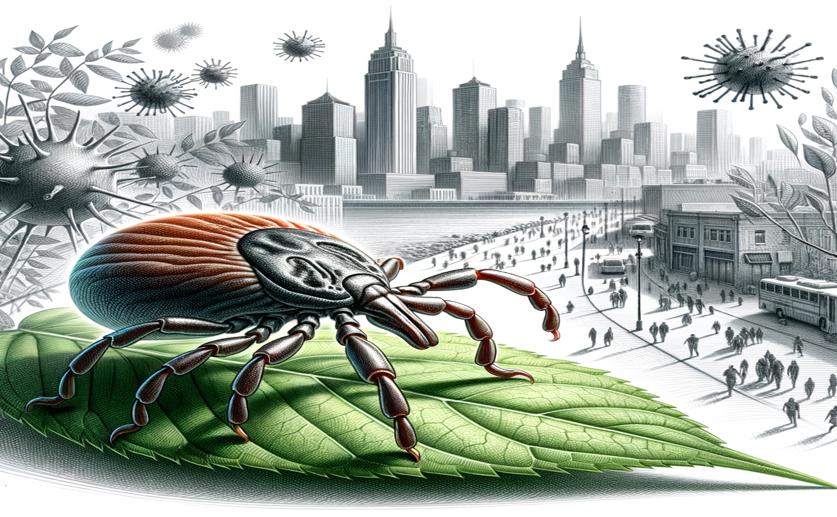
Ticks and Lyme Disease Bacteria in Urban Areas
Jenn Hoskins
29th June, 2024

Image Source: Natural Science News, 2024
Key Findings
- The study in Zielona Góra, Poland, found ticks in 29 out of 72 urban green areas, including parks, schools, and forests
- About 26.1% of the collected ticks were infected with Borrelia, the bacteria causing Lyme disease
- The most common Borrelia species found were B. lusitaniae and B. afzelii, with no co-infections detected
References
Main Study
1) Ticks and spirochetes of the genus Borrelia in urban areas of Central-Western Poland
Published 28th June, 2024
https://doi.org/10.1007/s10493-024-00932-5
Related Studies
2) Threat of attacks of Ixodes ricinus ticks (Ixodida: Ixodidae) and Lyme borreliosis within urban heat islands in south-western Poland.
3) Diversity of Lyme borreliosis spirochetes isolated from ticks in Serbia.
4) Ticks (Acari: Ixodida) on birds (Aves) migrating through the Polish Baltic coast.
5) EVI and NDVI as proxies for multifaceted avian diversity in urban areas.



 23rd March, 2024 | Jim Crocker
23rd March, 2024 | Jim Crocker